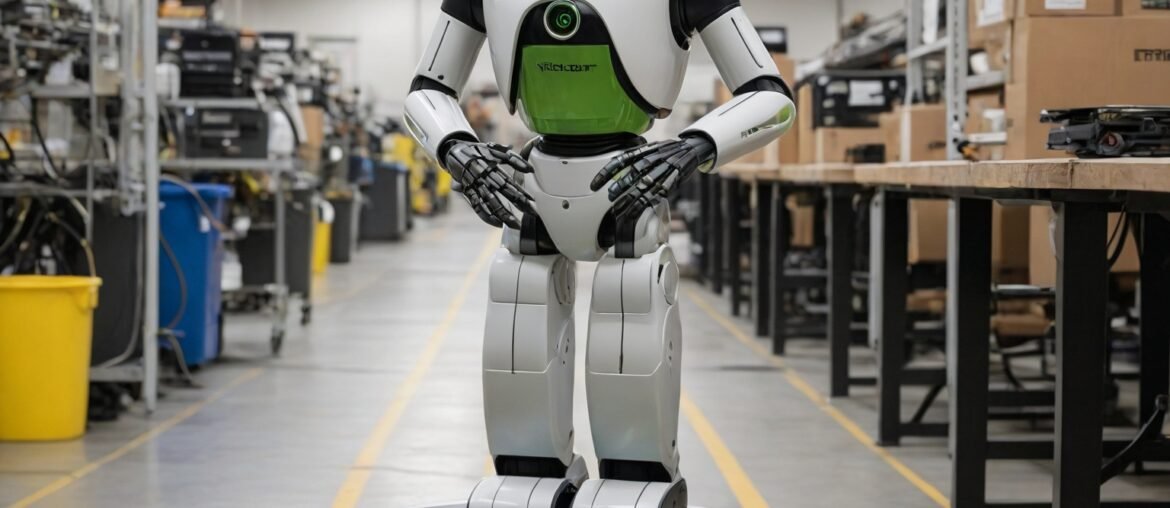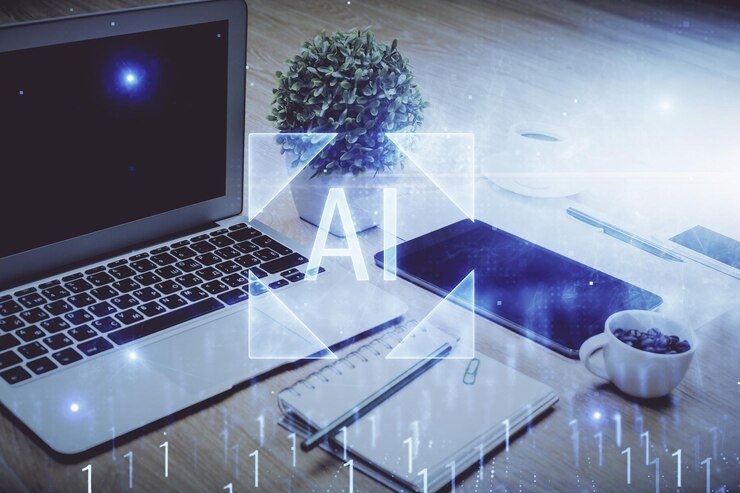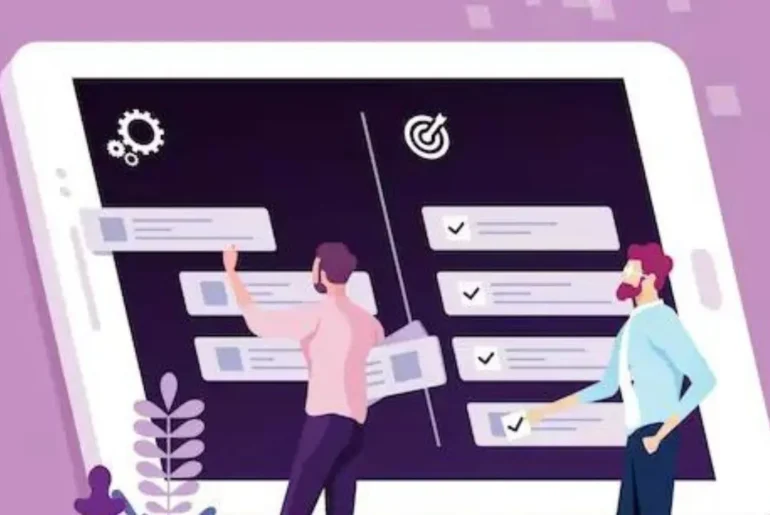Every Industrial Revolution has sparked concerns about job losses, only for those fears to be eventually alleviated by new job creation brought about by the latest technology. However, the transition often causes significant issues, especially for older workers who may lack the time or interest to be retrained, leading to temporary spikes in unemployment.
The current AI-driven revolution is vastly different because it is not just about automating processes but about developing technology that can replace individual people. Take Devin, for example—an AI employee available to fill an actual job. Instead of hiring a human, companies can simply buy Devin.
AI and robots are being created not just for new jobs but to fill existing ones where there are shortages. For instance, the shortage of long-haul drivers is being addressed with self-driving trucks, which could eventually replace human drivers. Similarly, fast-food restaurants, struggling to staff up post-pandemic, are considering replacing all employees with robots and AI. While I haven’t tried an automated burger joint yet, I did experience Dell’s automated barista a few years ago, and it made the best coffee I’d ever had from a store. Even back then, robots and AI could outperform humans in many tasks.
But where will the big job opportunities be in our AI-driven future? They will likely be in roles that don’t exist today. So, why would companies spend years retraining humans when they can deploy AIs in hours?
More importantly, who will buy the goods produced by companies if most or all workers are replaced by AI and robots? AI and robots don’t earn income. They are programmed to perform specific tasks and do not need food, housing, or transportation.




